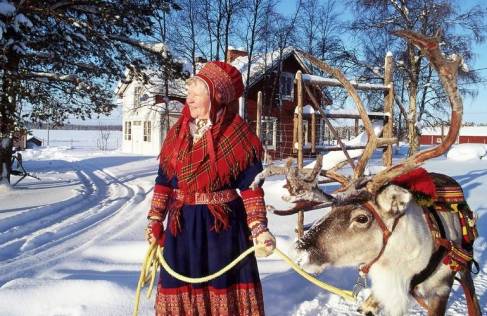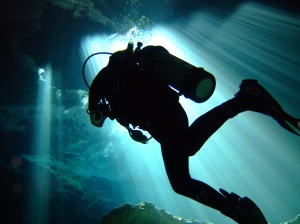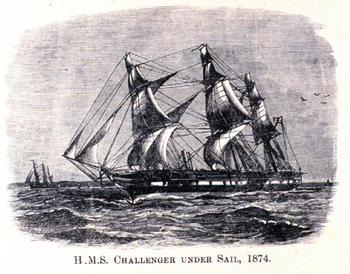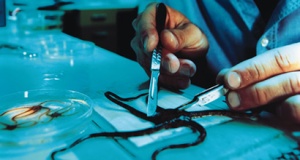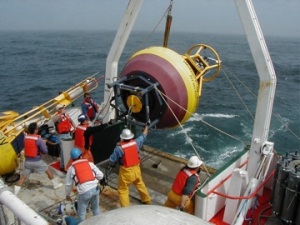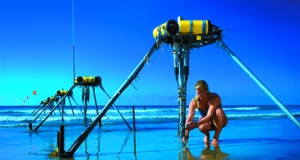Written by Arthur Franco

Right after knowing that a baby is coming, what exactly comes through our minds is whether it is a boy or a girl, it is almost automatic. Besides, even when it is impossible to deem it, it is common for people to make some guessing about the baby’s gender so as to start thinking about names, possible gifts, the bedroom’s colour, how the kid’s behavior regarding different situations will be and so on.
Society is fully permeated by gender performance – it is ubiquitous, and it seems to be so normal that people do not even think about the binary they make. However, kids’ gender starts to be constructed even before they are born. They already are expected to lean more to one specific characteristic than to other, to like one subject more than another, and there it goes.
Judith Butler, an important philosopher that works in this gender field, affirms that the ritual announcement at birth that it is in fact one or the other instantly tranforms an “it” into a “he” or a “she”. This is true, kids start knowing to be gendered since they are born and it goes throughout their whole life.
It is important, then, to illustrate how gender is being taught. Parents would not be fine, for example, if their 4-year-old boy starts to mince while walking. Oh, only girls are supposed to mince, isn’t it? Not actually, but these stereotypes for boys and girls still remains and plays a huge important role in society.
Kids have to deal with these kinds of constraints since they are very little, in the kindergarten, when they start to be a part of the social world. That is another good point since one’s parents are not the only responsible for the constructing of gender, but also teachers, friends and other people one may interact with.
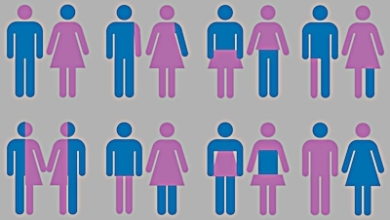
Girls are supposed to help their mothers to clean the house; boys are expected to play in the outside with other kids. Girls are expected to be more delicate; boys, more aggressive. Girls are expected to cry more than boys. Actually, according to psychological research made by Eleanor Maccoby and Carol Jacklin, male and female infants cry the same amount, but as they grow up, boys start to cry less.
It is quite important to understand that gender is not something we are born with, but something we perform. Of course male and female have their differences and it is not the aim of this article to debate them, but to show that these distinctions cannot be that extreme. Boys may play in the indoors and help their mothers with the housework whereas girls can play catch in the outside, they may not be restricted to Barbie dolls and pink stuff.
After all, we are all human beings, and it is not worth colouring our personalities in an exclusively gendered pattern way.

